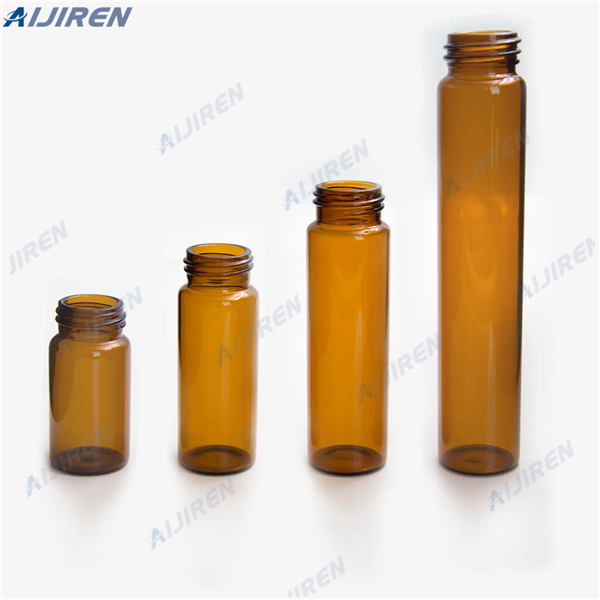Volatile organic compounds (VOCs) are organic chemical compounds that can evaporate under normal indoor temperature and pressure conditions. These compounds are hard to measure due to their volatility. Regulatory bodies outline analysis of volatile organic compounds or pollutants in matrices such as water and air.












